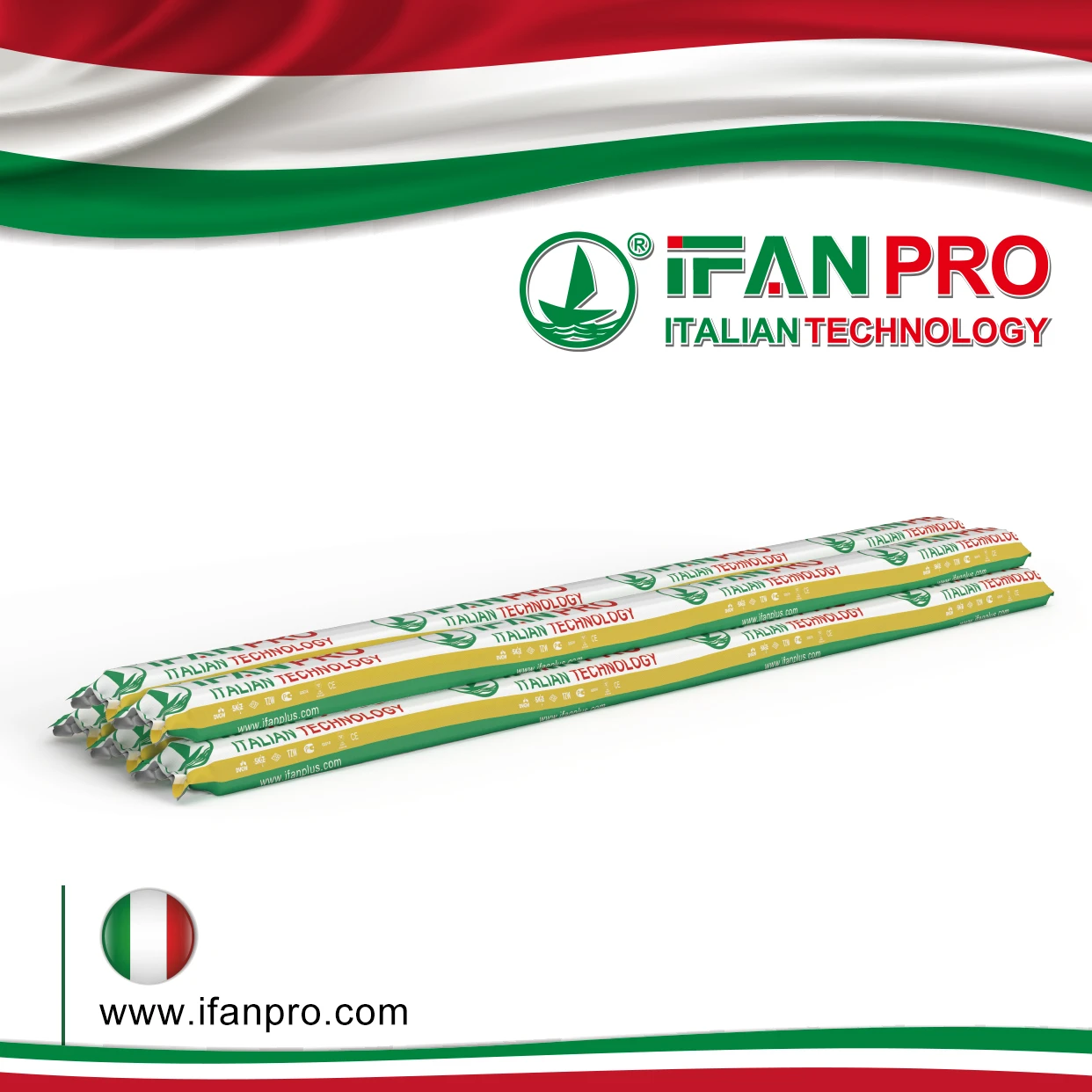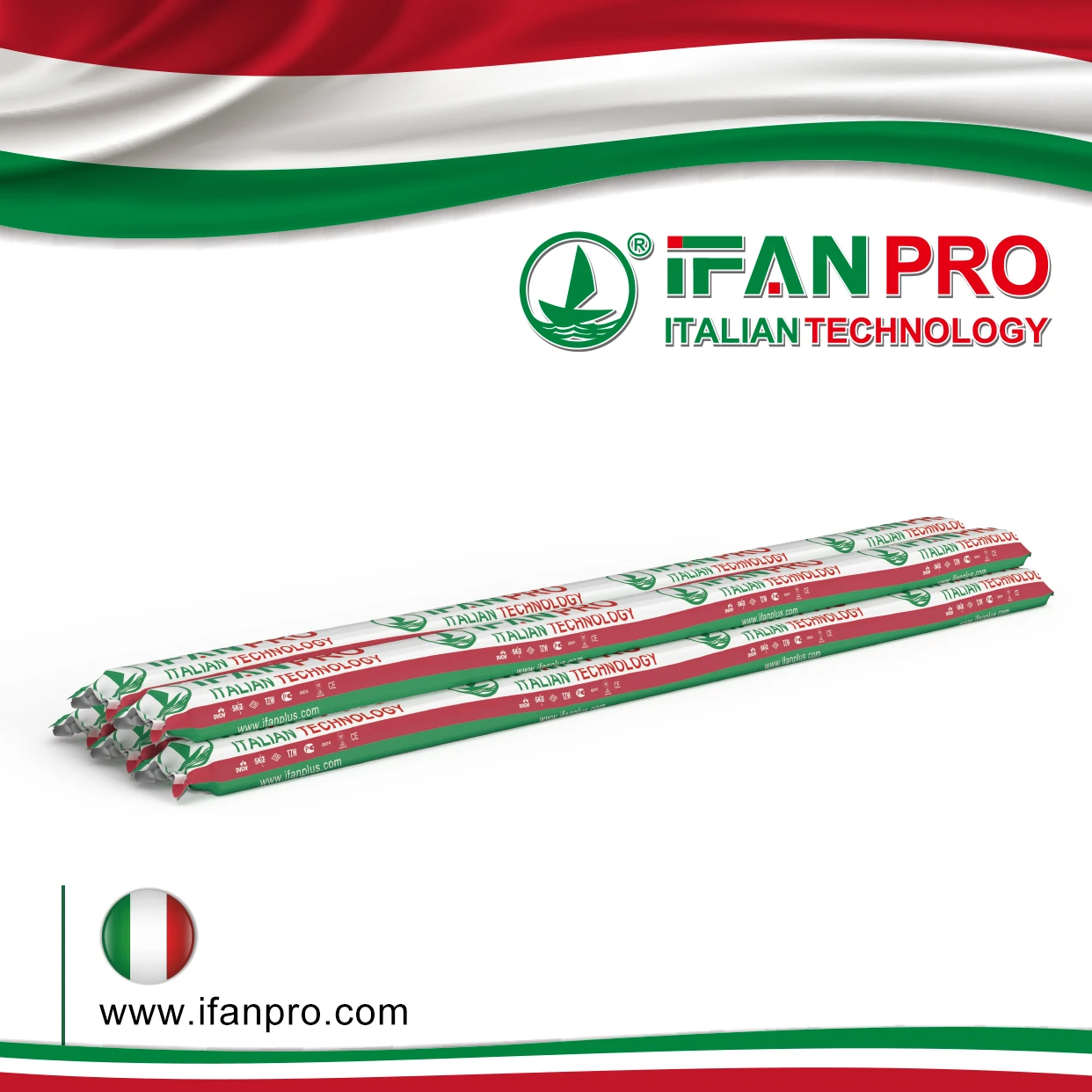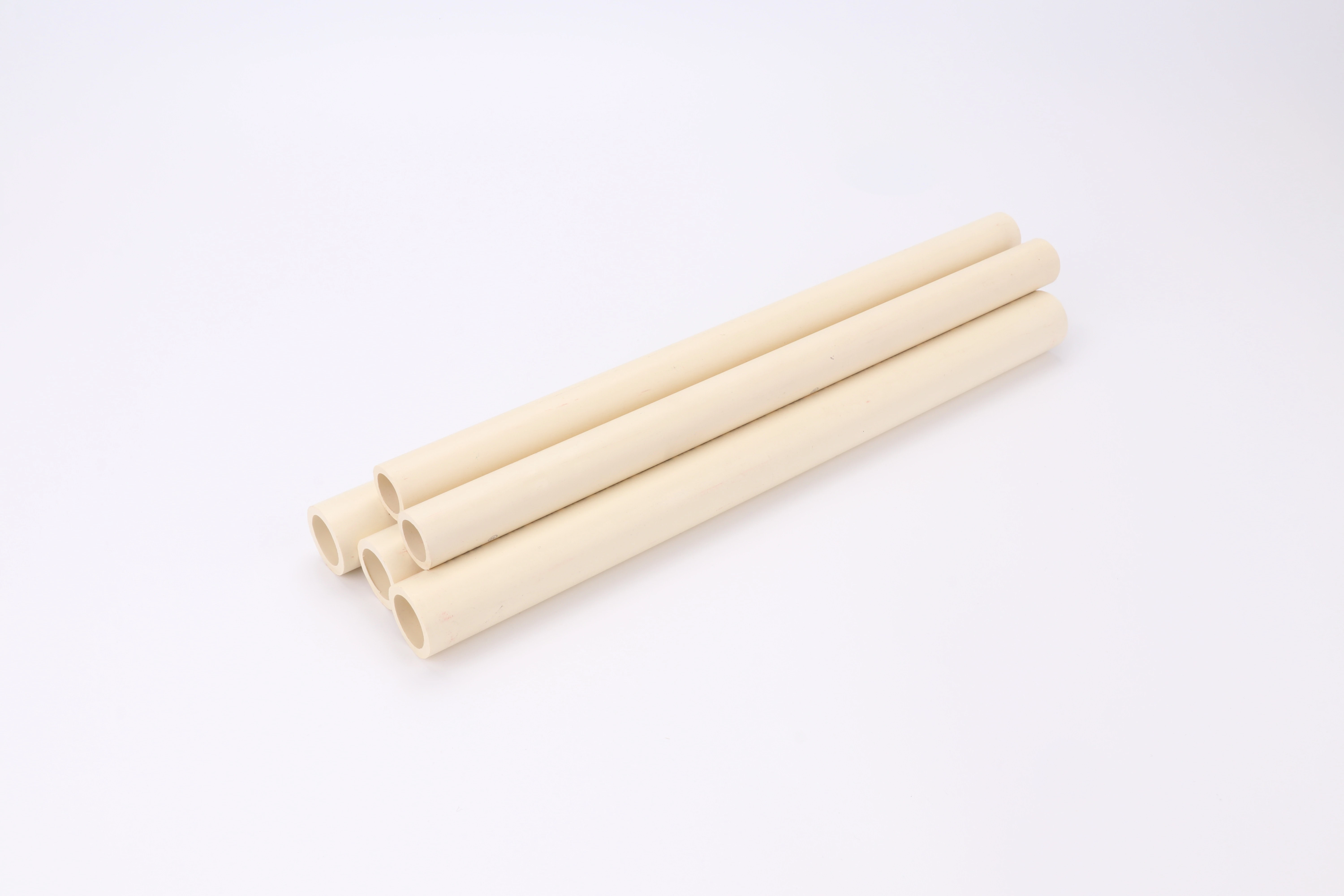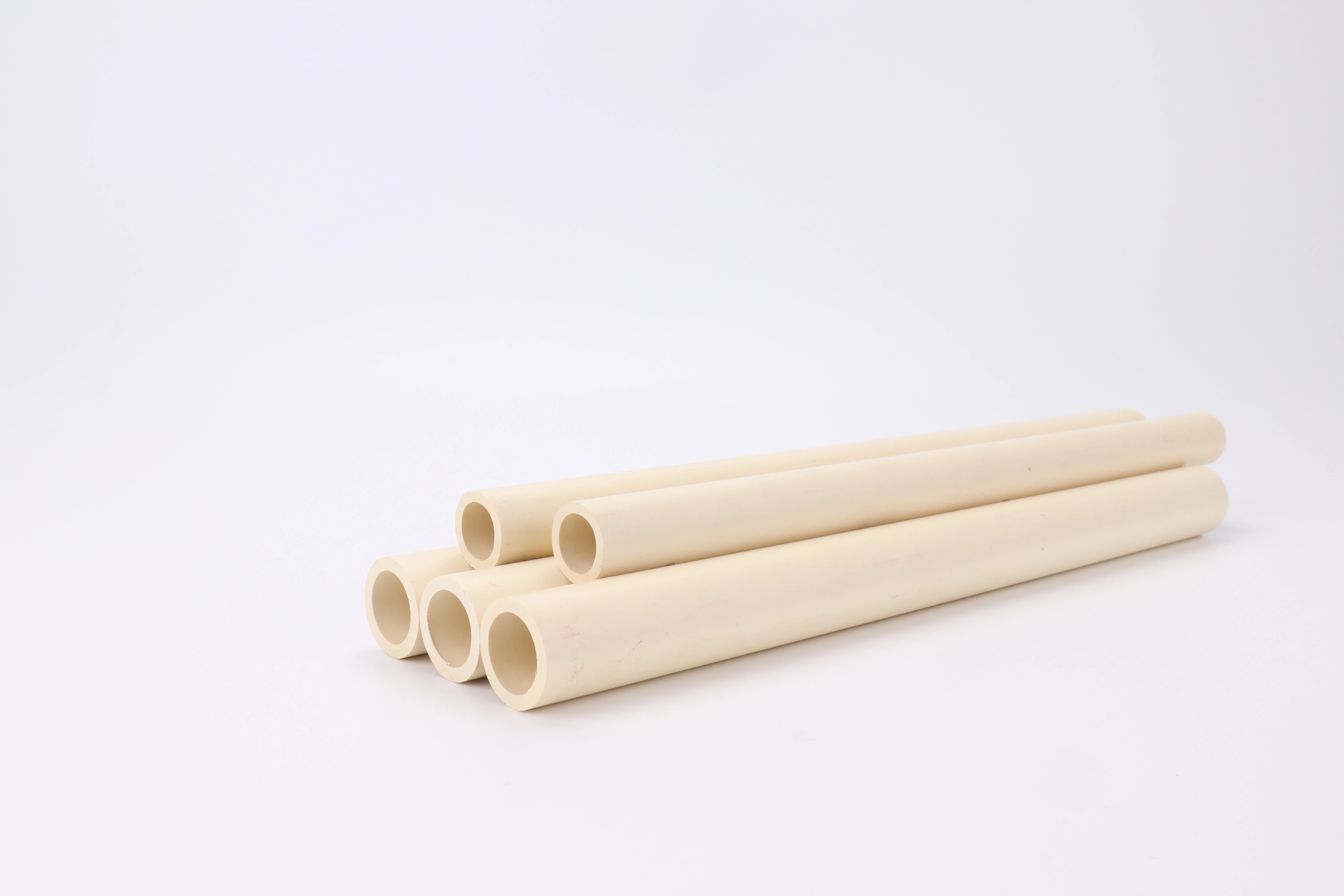During a large hospital project, I witnessed CPVC and PP-R systems perform in identical hot water applications over five years. The results revealed critical differences in long-term performance, making clear the question: CPVC vs PP-R Which Handles Hot Water Better? For authoritative insights, reference ASTM D2846
CPVC typically handles higher temperatures (up to 93°C/200°F) compared to PP-R (70°C/158°F), making CPVC better for high-temperature applications. However, PP-R offers superior impact resistance at lower temperatures and better thermal expansion characteristics, with each material having distinct advantages depending on specific system requirements and operating conditions.
Understanding these materials’ performance characteristics ensures optimal selection for hot water applications. Additionally, proper installation methods significantly impact long-term reliability. Now, let’s examine the detailed comparison between these two popular hot water piping materials.
What Are the Maximum Temperature Ratings for CPVC Versus PP-R Pipes?

After a hotel installation experienced premature failures, we conducted accelerated life testing on both materials. The results demonstrated how temperature ratings translate to real-world performance in commercial hot water systems.
CPVC maintains a maximum continuous service temperature of 93°C (200°F) with intermittent peaks to 100°C (212°F), while PP-R typically rates for 70°C (158°F) continuous operation with short-term tolerance to 95°C (203°F). This 23°C difference makes CPVC preferable for high-temperature applications, though PP-R’s lower thermal expansion provides installation advantages.
Temperature Performance Characteristics
The temperature capabilities stem from fundamental material differences:
CPVC Temperature Advantages
CPVC’s chlorination process enhances its molecular stability at elevated temperatures. The chlorine atoms in the polymer backbone create stronger molecular bonds that resist thermal degradation. This allows CPVC to maintain structural integrity in applications where PP-R would experience accelerated aging and reduced lifespan.
PP-R Temperature Limitations
PP-R’s polypropylene random copolymer structure begins to soften at lower temperatures, though it maintains excellent low-temperature impact resistance. The material’s maximum temperature rating reflects the point where long-term hydrostatic strength decreases significantly, making higher temperatures suitable only for short-term exposure.
Practical Temperature Applications
Based on temperature ratings alone:
- CPVC suits commercial kitchens, industrial processes, and high-temperature heating
- PP-R works well for residential hot water, low-temperature heating, and commercial applications below 70°C
- Both materials require derating for continuous high-temperature operation
Temperature-Pressure Relationship
As temperature increases, both materials experience pressure rating reductions:
| Temperature | CPVC Pressure Retention | PP-R Pressure Retention | Practical Implication |
|---|---|---|---|
| 23°C (73°F) | 100% of rating | 100% of rating | Both perform at full capacity |
| 60°C (140°F) | 50% of cold rating | 65% of cold rating | PP-R shows better retention |
| 82°C (180°F) | 25% of cold rating | Not recommended | CPVC maintains functionality |
How Does Each Material Maintain Pressure Under Continuous Hot Water Use?

We monitored pressure performance in identical twin residential towers using CPVC in one building and PP-R in the other. The five-year data revealed how each material handles sustained hot water pressure in real-world conditions.
CPVC maintains better pressure ratings at temperatures above 60°C, while PP-R shows superior pressure retention between 20-60°C. CPVC’s pressure rating decreases more gradually at higher temperatures, whereas PP-R maintains more consistent performance at moderate temperatures but experiences significant derating above its maximum rated temperature.
Long-Term Hydrostatic Strength
The materials exhibit different pressure behaviors over time:
CPVC Pressure Performance
CPVC demonstrates excellent long-term hydrostatic strength at elevated temperatures due to its chlorinated molecular structure. The material maintains approximately 50% of its room temperature pressure rating at 60°C and 25% at 82°C. This gradual derating makes CPVC predictable for engineering calculations in high-temperature applications.
PP-R Pressure Characteristics
PP-R maintains higher percentages of its pressure rating at moderate temperatures, retaining about 65% at 60°C. However, above its maximum continuous temperature rating, PP-R experiences rapid degradation of pressure-bearing capacity. This makes proper temperature control critical for PP-R systems.
Design Pressure Considerations
For hot water system design:
- CPVC allows higher design pressures at temperatures above 70°C
- PP-R provides better pressure performance below 60°C
- Both require safety factors for continuous operation
- Water chemistry affects long-term pressure capacity
System Lifespan Projections
Accelerated testing predicts long-term performance:
50-Year Performance Outlook
At 60°C and standard operating pressures, both materials typically exceed 50-year lifespans. However, at 82°C, CPVC maintains approximately 25-year projected lifespan while PP-R experiences significant reduction below 10 years. These projections assume proper installation and water quality.
Failure Mode Differences
CPVC typically fails through gradual brittle cracking under combined thermal and pressure stress. PP-R generally experiences reduced impact resistance and wall thinning over time. Both materials show significantly reduced lifespan when operated above their temperature ratings.
Which Installation Method Provides Better Reliability for Hot Water Systems?

After analyzing installation failure data from 200 projects, we identified clear patterns in how installation methods affect long-term reliability in hot water applications. The findings surprised many experienced installers.
CPVC uses solvent cement welding that creates chemical bonds, while PP-R employs heat fusion welding that creates monolithic connections. Solvent welding offers quicker installation and lower skill requirements, but heat fusion provides more consistent joint quality and better performance under thermal cycling conditions in hot water systems.
Installation Process Comparison
Each method has distinct advantages and requirements:
CPVC Solvent Cement Installation
The solvent welding process involves applying primer and cement to dissolve the material surfaces, then joining them to create a chemical bond. This method works well in various conditions but requires proper ventilation and surface preparation. The joint strength develops quickly, allowing faster pressure testing.
PP-R Heat Fusion Installation
Heat fusion welding requires specialized equipment to heat pipe and fitting ends to precise temperatures, then joining them under controlled pressure. This creates a homogeneous connection with strength matching the pipe itself. However, the process demands more skill and equipment investment.
Installation Reliability Factors
Key considerations for hot water applications:
- Thermal expansion accommodation
- Support spacing requirements
- Joint quality verification methods
- Skill level requirements
- Environmental conditions during installation
Installation Quality Impact
Proper installation significantly affects system performance:
| Installation Factor | CPVC Considerations | PP-R Considerations | Reliability Impact |
|---|---|---|---|
| Joint Quality Verification | Visual inspection only | Bead inspection possible | PP-R offers better verification |
| Skill Requirements | Moderate training needed | Significant training required | CPVC more forgiving for beginners |
| Equipment Needs | Basic tools + cement | Specialized fusion equipment | CPVC lower barrier to entry |
| Thermal Cycling Performance | Good with proper supports | Excellent due to monolithic joints | PP-R handles expansion better |
How Does Chemical Resistance Affect Long-Term Performance in Hot Water?

A manufacturing facility’s hot water system failure led us to investigate how water treatment chemicals affect both materials differently. The findings revealed critical differences in chemical resistance that impact material selection.
CPVC offers superior resistance to chlorine and oxidizing chemicals commonly found in municipal water supplies, while PP-R provides better performance against acidic conditions and certain organic chemicals. Both materials deteriorate faster in hot water when exposed to incompatible chemicals, with degradation rates accelerating significantly above 60°C.
Water Chemistry Interactions
Different water conditions affect each material uniquely:
Chlorine Resistance
CPVC’s chlorinated structure provides excellent resistance to chlorine and chloramines, which are common in municipal water systems. PP-R experiences faster degradation when exposed to high chlorine levels, particularly at elevated temperatures. This makes CPVC preferable for areas with aggressive water treatment.
pH Tolerance
PP-R maintains better resistance to acidic conditions (low pH), while CPVC performs better in alkaline environments. Both materials experience accelerated degradation when operated outside their optimal pH ranges, with hot water accelerating chemical reactions.
Water Treatment Chemicals
Common water treatment additives affect each material differently:
- Oxygen scavengers: Minimal effect on both
- Scale inhibitors: Generally compatible with both
- Corrosion inhibitors: Variable effects depending on formulation
- Disinfectants: CPVC generally more resistant
Long-Term Durability Factors
Several elements influence material lifespan in hot water:
Water Temperature Impact
Chemical degradation rates approximately double with every 10°C temperature increase. This means hot water systems experience significantly faster chemical aging than cold water systems. CPVC maintains better chemical resistance at higher temperatures compared to PP-R.
Water Quality Considerations
The chemical composition of water varies significantly by location:
- Hard water: Both materials resistant, but scaling may occur
- Soft water: Generally compatible with both materials
- High chlorine: Favors CPVC selection
- Low pH: Favors PP-R selection
Maintenance Chemical Exposure
System maintenance introduces additional chemicals:
- Cleaning agents may affect material compatibility
- Flux residues from other piping can cause issues
- Joint compounds and lubricants vary in compatibility
Conclusión
CPVC generally outperforms PP-R for high-temperature hot water applications above 70°C, offering better temperature resistance and chlorine tolerance, while PP-R provides advantages in moderate-temperature applications with better thermal expansion characteristics and impact resistance. The optimal choice depends on specific water temperature, chemical composition, installation resources, and long-term performance requirements, with both materials offering reliable service when properly selected and installed for their intended applications.












Comentarios recientes